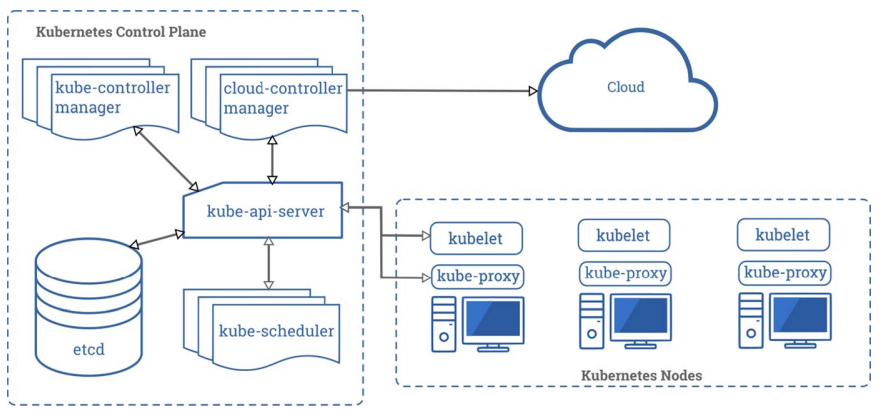Kubernetes in IT administration and serverless computing: An empirical study and research challenges
Abstract:
Today’s industry has gradually realized the importance of lifting efficiency and saving costs during the life-cycle of an application. In particular, we see that most of the cloud-based applications and services often consist of hundreds of micro-services; however, the traditional monolithic pattern is no longer suitable for today’s development life-cycle. This is due to the difficulties of maintenance, scale, load balance, and many other factors associated with it. Consequently, people switch their focus on containerization—a lightweight virtualization technology. The saving grace is that it can use machine resources more efficiently than the virtual machine (VM). In VM, a guest OS is required to simulate on the host machine, whereas containerization enables applications to share a common OS. Furthermore, containerization facilitates users to create, delete, or deploy containers effortlessly. In order to manipulate and manage the multiple containers, the leading Cloud providers introduced the container orchestration platforms, such as Kubernetes, Docker Swarm, Nomad, and many others. In this paper, a rigorous study on Kubernetes from an administrator’s perspective is conducted. In a later stage, serverless computing paradigm was redefined and integrated with Kubernetes to accelerate the development of software applications. Theoretical knowledge and experimental evaluation show that this novel approach can be accommodated by the developers to design software architecture and development more efficiently and effectively by minimizing the cost charged by public cloud providers (such as AWS, GCP, Azure). However, serverless functions are attached with several issues, such as security threats, cold start problem, inadequacy of function debugging, and many other. Consequently, the challenge is to find ways to address these issues. However, there are difficulties and hardships in addressing all the issues altogether. Respectively, in this paper, we simply narrow down our analysis toward the security aspects of serverless. In particular, we quantitatively measure the success probability of attack in serverless (using Attack Tree and Attack–Defense Tree) with the possible attack scenarios and the related countermeasures. Thereafter, we show how the quantification can reflect toward the end-to-end security enhancement. In fine, this study concludes with research challenges such as the burdensome and error-prone steps of setting the platform, and investigating the existing security vulnerabilities of serverless computing, and possible future directions.
Bibtex
@ARTICLE{Kubernetes:JSC21,
author={Subrota Kumar Mondal and Rui Pan and H M Dipu Kabir and Tan Tian and Hong-Ning Dai},
journal={The Journal of Supercomputing},
title={Kubernetes in IT administration and serverless computing: An empirical study and research challenges},
year={2022},
volume={78},
number={2},
pages={2937–2987},
doi={https://doi.org/10.1007/s11227-021-03982-3}
}


Leave a Reply